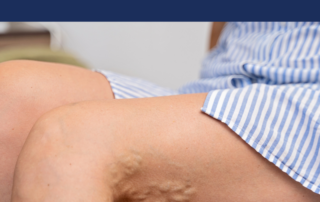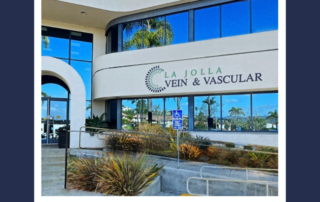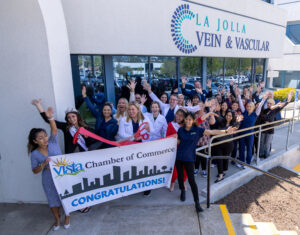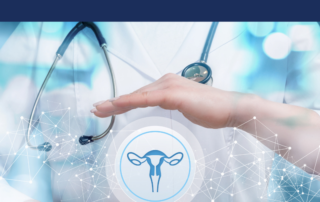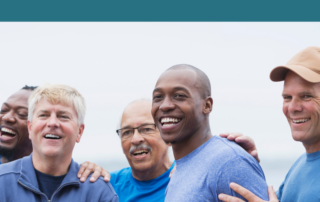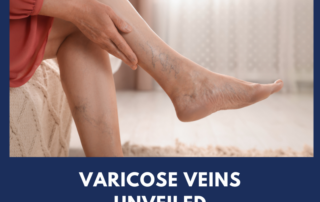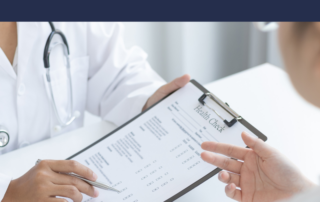Knee Pain & Vascular Health
Have you been experiencing knee pain? Osteoarthritis could be the reason.
Osteoarthritis is the most common arthritis form for knee pain, that affects millions of people across the globe. While OA can affect any joint, it often damages the knees, hands, spine, and hips. Also known as wear and tear arthritis, the […]




